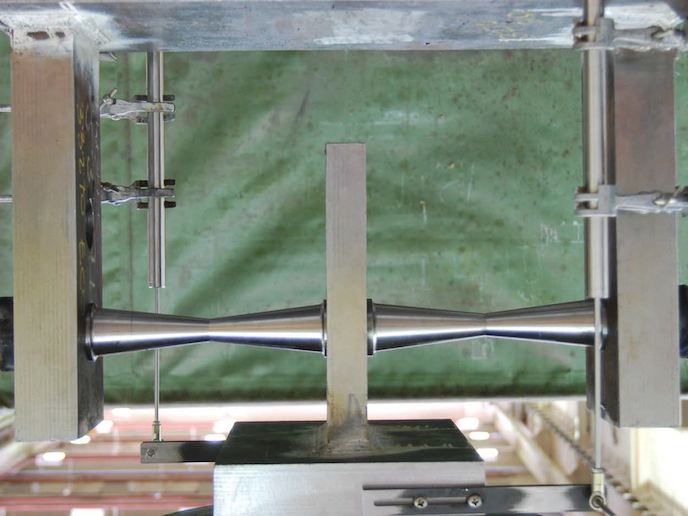Greece and Cyprus relay seismic expertise
For millennia, earthquakes around the world have caused significant loss of life and property, with societies struggling to find better ways to build their structures, towns and cities. While much progress has been made in this area, the threat remains very serious in developing countries, pointing to a need for high-quality training and education in building earthquake-resistant structures. Today, earthquake engineering has become a complex, multidisciplinary scientific field that involves structural analysis, structural design, materials science, seismology and advanced mathematics. Against this backdrop, the EU-funded project ADERS (Analysis and design of earthquake resistant structures) developed a network to promote research cooperation in designing earthquake-resistant structures. ADERS brought together two EU Member States with strong seismic expertise – Greece and Cyprus – with earthquake-vulnerable nations outside the EU, those being Chile, Egypt, India and Mexico. The EU project members consolidated knowledge in earthquake engineering, computational mechanics and cutting-edge research to distribute to non-EU partners. They coordinated interdisciplinary research and training to produce new results in the different subdomains related to the topic. On the one hand, the project involved training highly qualified engineers and updating them with the latest advances in analysis and design of earthquake-resistant structures. On the other hand, it exposed early-stage researchers (ESRs) to this valuable knowledge, as well. By organising exchange visits and outlining common research interests, the project has established and strengthened contacts with non-EU partners. Four experienced researchers from the EU partners conducted joint workshops to identify common research interests. A number of two-way visits were also organised between the EU and non-EU partners leading to enhanced knowledge exchange. In addition, ADERS partners presented their research results at the 4th International Conference on Computational Methods in Structural Dynamics and Earthquake Engineering (COMPDYN 2013) and the 3rd South-East European Conference on Computational Mechanics (SEECCM 2013). Both these events were held on the Greek island of Kos in June 2013. By fostering interaction among high-quality research teams and introducing ESRs to the field, the project upgraded earthquake engineering knowledge in the scientific communities of the target countries. These networking activities and joint initiatives, which have also continued beyond the project’s duration, will undoubtedly lead to better construction of structures on a global level.





